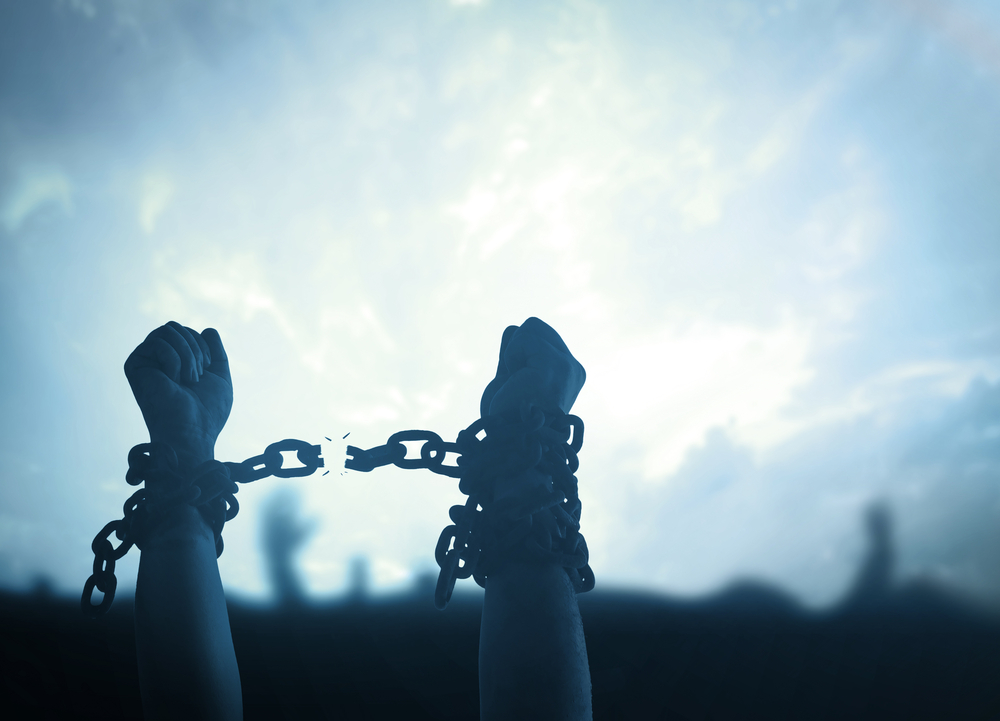
Modern slavery and human trafficking
Modern slavery and human trafficking are grave violations of human rights that continue to exist in various forms across the world. They involve the exploitation and control of individuals through force, coercion, or deception for various purposes, including labour, sexual exploitation, forced marriage, and child exploitation.
Modern slavery refers to situations where individuals are trapped in situations of exploitation, often working in harsh conditions, with limited or no freedom to leave their situation. This can include forced labour in industries such as agriculture, construction, manufacturing, domestic work, and the garment industry. It can also involve human trafficking, where individuals are transported across borders for the distinct purpose of exploitation.
Human trafficking increasing globally
Modern slavery is witnessing a concerning surge on a global scale, with various factors contributing to its proliferation. Economic inequality and poverty create fertile ground for exploitation, as individuals facing dire circumstances become vulnerable to traffickers and forced labour. The expansion of global supply chains within an increasingly interconnected world has made monitoring labour practices challenging, allowing unscrupulous actors to exploit workers undetected. Moreover, mass migration and displacement, often triggered by conflicts and political instability, leave displaced populations susceptible to trafficking and forced labour due to their limited legal protections. Weak governance, corruption, and a demand for cheap labour further exacerbate this grave issue. Insufficient awareness, reporting mechanisms, and effective enforcement perpetuate the clandestine nature of modern slavery.
As human trafficking increases in 2023, countries adapt to the challenge
Modern slavery is as important a topic as ever today. The exploitation and trafficking of people for commercial gain is a greater global problem than even during the days of the transatlantic slave trade centuries ago.
Modern slavery examples
A number of current global events are exacerbating the problems of modern slavery. Russia’s war against Ukraine has displaced hundreds of thousands of people, making them vulnerable to traffickers who can easily abduct them for exploitation. Children are particularly vulnerable amidst the refugee crisis, as are women. While no one has any numbers, reports indicate that, in the words of a UN official, human trafficking is evolving into “a crisis within a crisis”.
Meanwhile, in Afghanistan, where extreme poverty is prevalent following the Taliban’s takeover of the country last year, desperation has made forced labour commonplace. In addition, a growing number of families are choosing to sell their children into forced marriages in order to have money to buy food.
Modern slavery around the world
These come in addition to millions of modern-day slaves in India, China, Pakistan, North Korea, and other countries around the world. It is estimated that these victims generate profits of about $150 billion a year for their traffickers.
Even in developed countries, modern slavery represents a massive social challenge that exists just out of sight for many people. Trafficked migrant workers are often exploited to work as cleaners, construction workers, and domestic helpers under subhuman conditions. There seem to be reports in the news every week about police raids arresting human trafficking operations in brothels, worker domiciles, and private homes.
What are countries and governments doing to stop human trafficking?
Modern countries are fighting human trafficking with legislation that makes it harder to use and profit from forced labour. Modern slavery acts in the United Kingdom, United States, and other countries around the world require large companies to disclose information regarding their efforts to eradicate human trafficking and slavery within their supply chains. The legislation also requires companies to take concrete steps to combat modern slavery when it is discovered.
The growth of the problem is spurring more countries to take action. Canada and New Zealand are among the countries expected to approve modern slavery acts in the coming months. And in the UK, where the Modern Slavery Act legislated in 2015 is seen as the most comprehensive such legislation in the world, the Queen’s Speech recently proposed changes to make it even tougher. The proposed bill would further strengthen the protection and support for victims of modern slavery and increase the responsibility of organisations to eradicate modern slavery from their supply chains.
More and more organisations are waking up to the importance of fighting modern slavery, and the importance of robust workforce training and company record keeping. Click here to learn more about our modern slavery solutions.
VinciWorks’ anti-slavery training suite
VinciWorks’ modern slavery training suite offers a variety of training options for companies to use as part of their internal compliance programs. Our courses are designed to meet the needs of an entire organisation, from general staff, who can take a short introductory course designed to raise awareness, to procurement teams, for whom we have an in-depth, 45 minute course that teaches staff how to identify signs of slavery in the supply chain, and more. We have also just released Modern Slavery: A Brief Overview, a short course reviewing the main ideas of modern slavery, updated with perspectives following COVID-19 and other recent world events.








